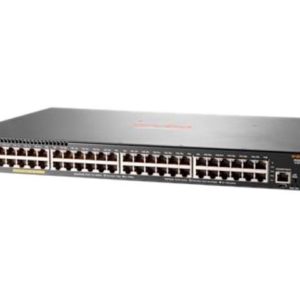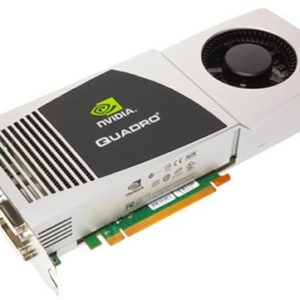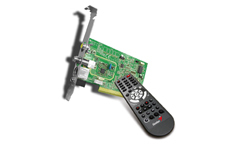Subtotal: د.إ10,338.00
The Tesla Kepler K20 GPU Accelerator for Server from nVIDIA is based on the nVIDIA Kepler compute architecture and powered by CUDA. It includes innovative technologies like Dynamic Parallelism and Hyper-Q that boost performance as well as power efficiency and deliver record application speeds for seismic processing, biochemistry simulations, weather and climate modeling, image, video and signal processing and more.
SMX (Streaming Multiprocessor)
Telsa K20 features SMX technology which delivers up to three times more performance per watt compared to the SM in Fermi. It also delivers one petaflop of computing in just ten server racks.
Dynamic Parallelism
Dynamic Parallelism capability enables GPU threads to automatically spawn new threads. By adapting to the data without going back to the CPU, it greatly simplifies parallel programming. Additionally, it enables GPU acceleration of a broader set of popular algorithms like adaptive mesh refinement (AMR), fast multi-pole method (FMM) and multi-grid methods.
Hyper-Q Technology
The Hyper-Q feature enables multiple CPU cores to simultaneously utilize the CUDA cores on a single Kepler GPU. This dramatically increases GPU utilization, slashes CPU idle times and advances programmability-ideal for cluster applications that use MPI.
ECC Memory Error Protection
ECC memory meets the critical requirement for computing accuracy and reliability in data centers and super-computing centers. Both external and internal memories are ECC protected in Tesla K20.
System Monitoring Feature
Integrates the GPU subsystem with the host system’s monitoring and management capabilities such as IPMI or OEM-proprietary tools. IT staff can now manage the GPU processors in the computing system using widely used cluster/grid management solutions.
L1 and L2 Caches
Accelerates algorithms such as physics solvers, ray-tracing and sparse matrix multiplication where data addresses are not known in advance.
Asynchronous Transfer with Dual DMA Engines
Turbo-charges system performance by transferring data over the PCIe bus while the computing cores are executing other data.
Flexible Programming Environment with Broad Support for Programming Languages and APIs
Choose OpenACC, CUDA toolkits for C, C++ or FORTRAN to express application parallelism and take advantage of the innovative Kepler architecture.
GPU Computing Applications
With more than one teraflop peak double precision performance, the GPU accelerator is ideal for the most aggressive high-performance computing workloads including climate and weather modeling, CFD, CAE, computational physics, biochemistry simulations, and computational finance.
 2150 High Yield Yellow Toner (2,500 pages*)
2150 High Yield Yellow Toner (2,500 pages*)  HPE Aruba 2930F 48G PoE+ 4SFP+ Switch – JL256A
HPE Aruba 2930F 48G PoE+ 4SFP+ Switch – JL256A  04 3550600
04 3550600 052 7036860
052 7036860






There are no reviews yet.